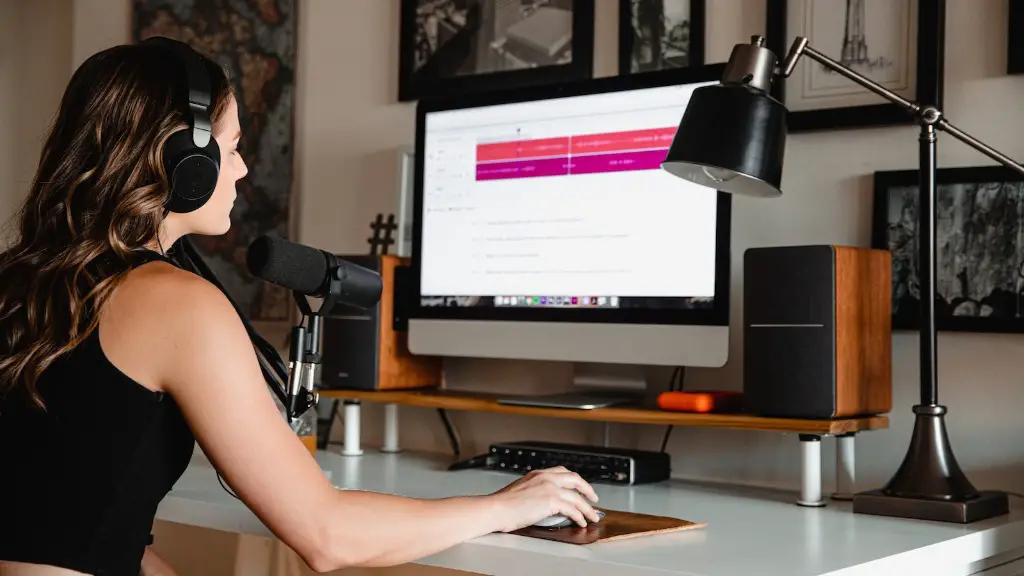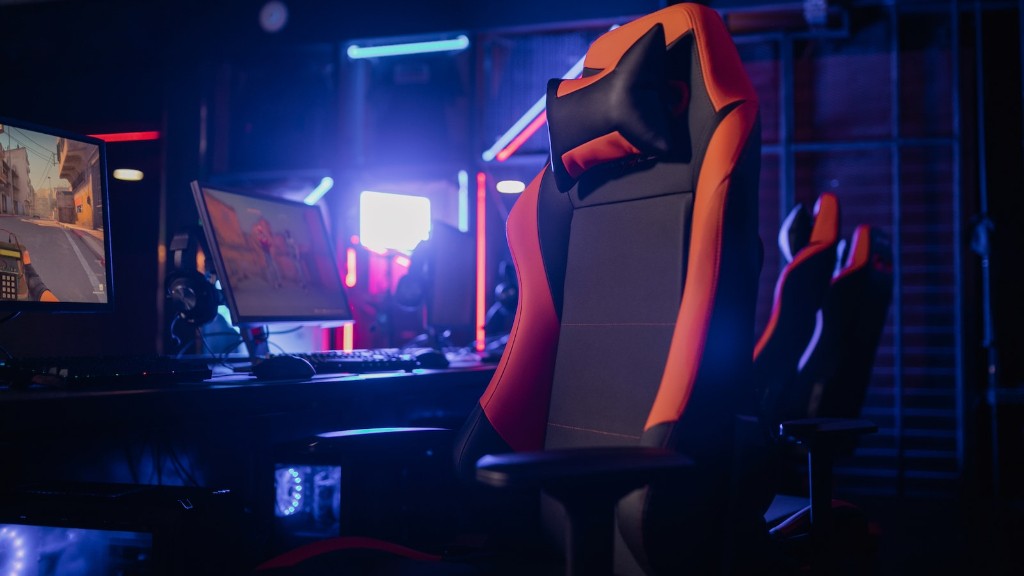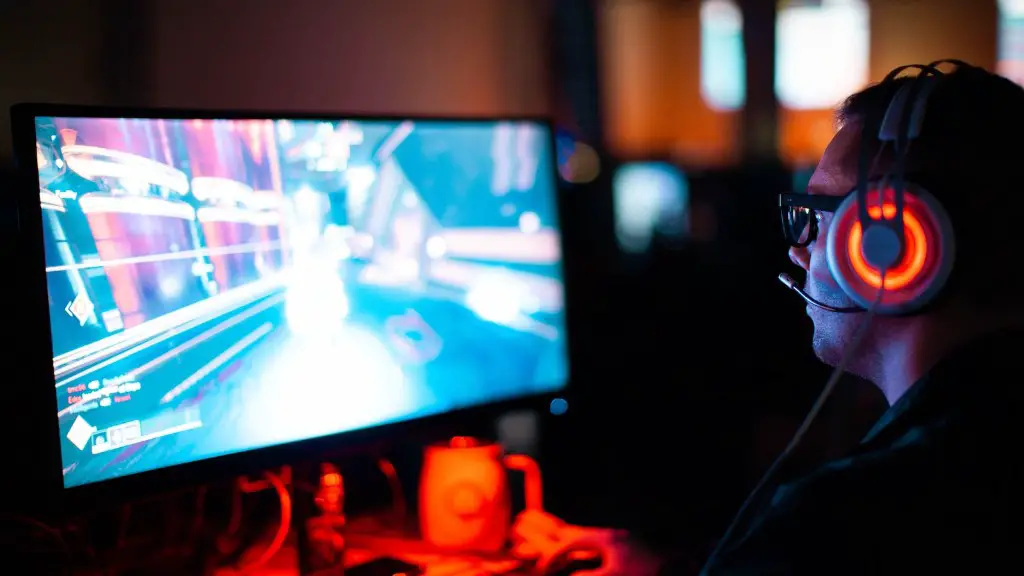Building your own gaming PC can be a fun and rewarding experience. By assembling your own gaming rig from components specifically chosen by you, you can get a machine tailored to your needs, budget, and desired performance. As with anything else, however, there is both a right way and a wrong way to go about the task. It is not necessarily hard to build your own gaming PC – but it is by no means easy. The following sections provide guidelines for those considering the challenge.
Systems And Components
The first step in the process is to choose the best system and components to meet your gaming goals. Choosing the right processor and video card can be difficult, as there are so many options available and the market is constantly shifting. You’ll also need to ensure you have a compatible motherboard with the right socket type, as well as the correct RAM and storage options. It can be very difficult balancing these multiple requirements without overspending.
Research And Reading
Before attempting to assemble a PC, it is important to do your research and reading. You must understand what each component does and how to properly install each one. You may also want to familiarize yourself with common errors and problems associated with various components to better arm yourself for the task ahead. Be sure to conduct thorough research on the components you intend to purchase as well, to make sure you are getting the best value for your money.
Tools Of The Trade
Assembly requires several tools to properly secure the components. A small Phillips head screwdriver is necessary for most components, as are a pair of anti-static gloves. You may also want a set of anti-static grounding straps and a canned air dust blower. It is important to ensure that each component is firmly secured and dust-free to ensure optimal performance.
Testing And Tweaking
Before declaring your PC “ready” to use, it is important to thoroughly test its components and settings, as any errors or omissions during the assembly process could lead to disastrous results. Once everything is properly tested, you can then start to tweak the settings and performance of your machine to suit your preferences. This could involve overclocking, updating the BIOS, and configuring fan control.
Extra Resources
In addition to the components, research, and tools of the trade, there may also be other resources to consider. It is a good idea to have an online support or community available in case of errors or issues you don’t understand. An organized workspace with good lighting is also essential for the assembly process. You may want to consider a professional to help you with the process if you are in doubt.
Storage Space And Heat
Proper storage is often overlooked when building a gaming PC. You’ll want to make sure your components fit inside the case, so knowing the size of your components and the available space is important. Heat is also often an issue with gaming PCs, so you will want to make sure that you have adequate airflow, ventilation, and cooling. This generally involves using a larger and more powerful fan, as well as proper cable management.
Power Supply And Graphics Card
The power supply unit (PSU) is an especially important component of your gaming PC, as it can easily be the source of many issues if not correctly selected and secured. You must also consider the type and amount of power needed for the graphics card, as many cards are extremely powerful and require a dedicated power source. Buying the best quality PSU available is well worth the investment.
Cables And Connections
All cables and connections must be secure and properly connected once the components are in place. It is important to take your time when connecting cables and to double-check all connections. You should also make sure that there are no loose connections or cables, and make sure all cooling fans are properly connected and functioning.
Motherboard Setup And Upgrades
The motherboard must be configured to ensure the correct settings and connections. This includes configuring BIOS settings, SATA connections, and USB ports. You should also invest time ensuring that all components are recognized properly by the machine. Lastly, make sure that any motherboard upgrades are done correctly and reliably.
Software Installation And Updates
Once the hardware is in place, it is time to install the necessary software. This includes basic operating system installation as well as any gaming-specific software. Once the OS is installed, you must then ensure that it is up-to-date with the latest security patches and drivers. You should also set up any extra software you may need such as music players, antivirus programs, and other programs.


